I recently had an interesting exchange with Jin Yang, StackExchange’s (creators of StackOverflow) main designer. It all started from me tweeting out a link to my guide on how to pick a designer.
In that guide, I advised to:
pick [a designer] whose current style is already a good fit for your needs.
I even quoted Jason Cohen:
I cannot stress this enough:designers don’t morph their style to match yours.
Here’s what Jin Yang tweeted in reply:
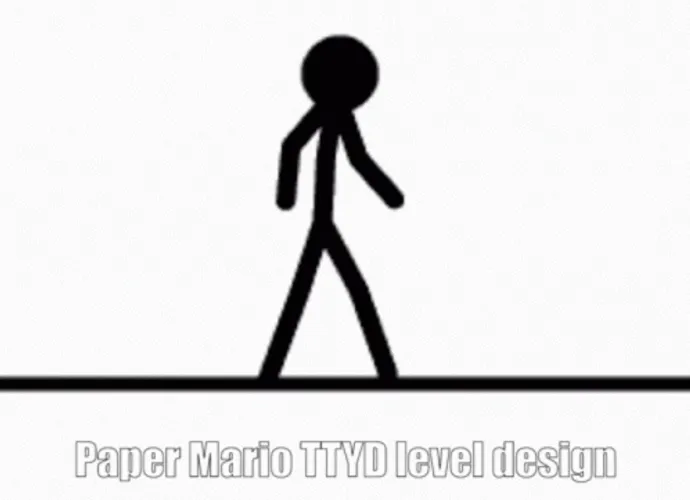
Is having a "style" such a bad thing?
So should you hire someone who “doesn’t have a style”? And as a designer, should you try to have one?
Well, I’m afraid I’ll have to disagree with Jin Yang on this one. I fully believe you should try to have your own style.
What “style” means
But before I explain why, let me explain what I mean by “style”.
For me, “style” is first and foremost visual style. The fonts, colors, shapes, or icons you use all contribute to it. So do small things like line width, light and reflections, gradients, or shadows.
For example, Metalab are famous for their very crisp designs with lots of 1px highlights and vibrant colors, and their fondness for Hoefler & Frere-Jones fonts.
Another great example of having a style is Tim Boelaars‘ work. He specializes in clean yet complex lines of uniform thickness, and his work is instantly recognizable.
But “style” does not always have to be purely visual. Maybe your “style” also includes the medium through which you express it, like Dana Tanamachi‘s chalk work.
What’s the point?
So why should you have a style? For me, saying you need a style is just another way of saying you need a focus. There’s no way a single person can be great at everything.
So we all have to choose if we want to be average at a lot of things, or great at a few. Personally, I know that I’d much rather pick the second option.
Having a style gives you an excuse to zero in on the thing you really want to do, and obsess over it until it’s perfect.
It also means that people will choose to want to work with you because they want to work with you.
Not because you’re the cheapest, or closest, or you were available, but because they specifically like what you do. Having a style is the best way to avoid being commoditized.
Hammers & nails
But what if your style is a bad fit for a project, and you do a bad job? Or even worse, don’t get hired at all because of it?
Well, you don’t see Dana Tanamichi being hired to design web apps (as far as I know…), and you don’t see me drawing on chalkboard either.
Is that really such a bad thing?
So don’t be afraid of having a style. People will say that when all you have is a hammer, everything looks like a nail. Well, I say there’s already enough pliers, screwdrivers, and drills out there. Keep hammering!

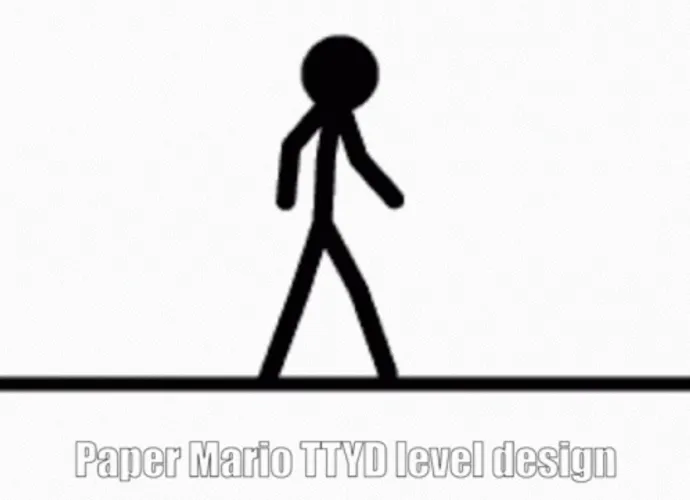
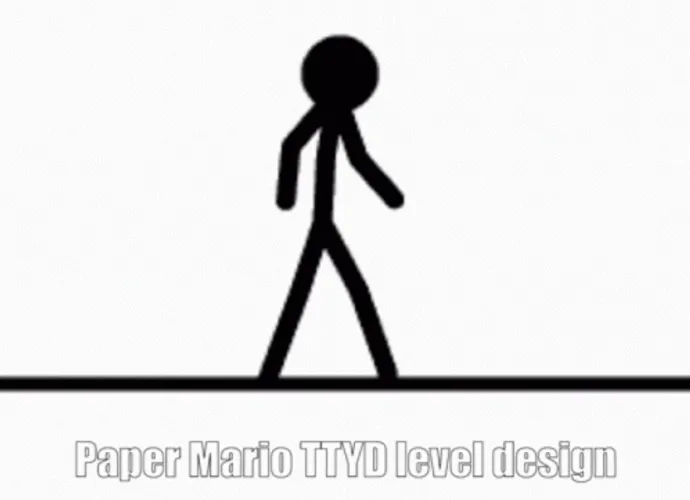
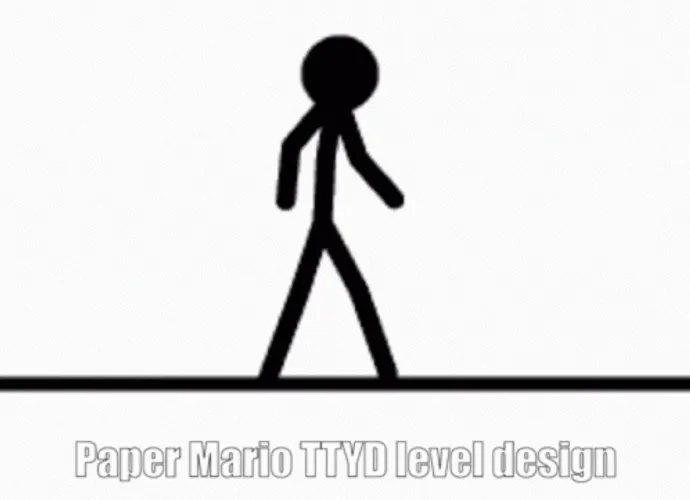
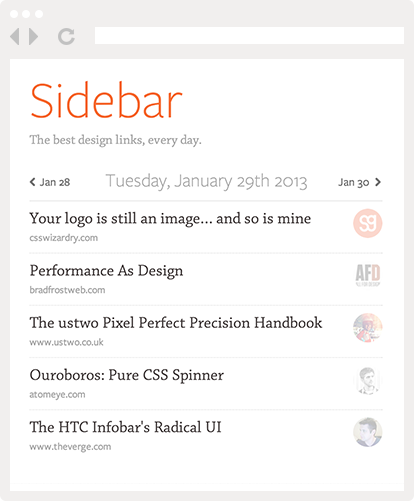
Nice thoughts! thanks for sharing man I agree with this
I agree with this
Very nicely written. I liked the way you explained all the things related to style and I agree with you.
Also, specializing in one thing is far more better than having little knowledge of many things.
If we excel even in a business/line which is considered most effete, the success can be achieved.
I believe this is (in reality) a mixture of both. Of course it’s best to specialize on something more specific, that’s how evolution took place in the first place. But at the same time, being a designer means solving problems, and every problem has something unique to it, thus requiring a unique solution. And going beyond your comfort zone (a.k.a. your “style”) may lead to something great!
And it’s not like a client knows what design style to look for, it’s the designer’s duty to out his knowledge and experience to work and figure out what fits best the client’s needs.
Good point, it’s true that you should go outside your comfort zone, but I don’t think client projects are the best time for that.
And if the client doesn’t know what style they need, it’s the designer’s duty to say no. If a project doesn’t match your focus, you should know when to refuse it.
I Disagree
You Shouldn’t stick to one style , Some Designers they are great at Web 2.0 Style OR Retro style so all of their work is just one Styled ..
What if i’v been approached by this Formal and Multinational Corporation to do something very elegant ,corporate and business styled …. Then my web 2.0 style with the stylish icons and call to action buttons will fail me done … But if i studied the style of competitive parties and the best practices in this theme i WILL satisfy the client … Right?
The problem with having a style is that the style of the site will originate from the style of the designer, rather than itself. But each company or product that you create a site for already has its own “soul” if you will–actually, sometimes they will, oftentimes there won’t be anything. Capturing that essence and projecting it onto the design of the site will make the site part of that experience. A web designer working on the Apple website isn’t going to introduce their own style–Apple has a clear style of its own, and this is reflected throughout all their marketing pages and online stores.
If the designer has a signature style, this style may clash with the brand they’re working on, and so the designer will force their own style on the site over that of the brand’s. This is clearly evident in the Metalab example you’ve linked to. The mockup they produced is pretty much what all their work looks like–they’re imposing their own style on the company rather than trying to differentiate it from within the brand.
That could have been your whole article right there. Be good at one or two styles, go outside your comfort zone occasionally. But make not mistake, when this happens it would be outside of a comfort zone.
Better to experiment like this than to have every single project be half-in and half-out of some ‘comfort zone’.
This isn’t style. It’s crossing professions. I wouldn’t hire an artist specializing in chalk lettering to design something interactive, either.
Good design is good design, no matter what the “style” is. You can argue that minimal is better than a textured design with depth, but it’s arguing preference and opinion. Our brain is stimulated the same way by “good” design and art regardless of the visual technique on the surface.
As Dmitry said, a designer should be able to work within branding guidelines or visual assets from a client, to create the design that represents them best. Them, as in the client. Not the designer. The exception would be if the company’s brand aligns with your style.
There’s nothing wrong with preferring to design in a certain style for yourself. I feel the style discussion is more appropriate for illustrators or artists though. As a web or interaction designer, having a broad portfolio of work is a good thing. It’s what some of the best companies look for in hiring a designer.
The gist of my tweet to you was a that web designer should have a wide range of design styles. Such a designer would have far more value to his/her company than one who’s a one trick pony. Where I work, many sites have distinct topic and audience. One or two visual styles can’t be appropriate for them all. This is true for most design agencies.
My tweet wasn’t meant as a blanket statement either. As I also pointed out to you on twitter, if a company only focuses on a niche audience then having one style, and be good at it, is OK. For example, Panic.
A successful design is one where the style serves the content, or the purpose of the site. You can’t have a shiny Apple inspired UI for a site that raises money for starving kids; or a grungy style for a wedding site; etc. In reality, you don’t pick a project simply because it fits your visual style, you find a art direction that would yield the right emotional response.
As Dmitry pointed out, often, you design a site for clients who have established branding styles already. You need to be able to create a design that reflect their styles.
My main point: a designer should have a good understanding and the ability to execute a wide range of styles. He or she can have a favorite one, nothing wrong with that. But when it comes to client work you should put your personal preference aside and do what’s the best for clients’ sites. They all are different.
Picasso had a style. MC Escher had a style. But if you study their early work and history, you’d find that they both have mastered the fundamentals before they came to their signature styles.
When I was in the process of hiring a designer last month, I looked at so many portfolios. Most of them were all the same: either Apple-ish embossed text on noised background, or minimalist typography ones. This type of design is dime in dozen these days. They don’t make your portfolio stand out, or timeless. When I see portfolios like that I get the impression these designers simply did what was popular, mimicking others, instead of fitting.
When I phone interviewed some of them, and asked why they picked certain styles for their work. “Because it’s my favorite style/color/typeface!” That’s possibly the worst answer one can provide.
Let me ask you a simple question: if you need to adapt your style to a client’s aesthetic, why don’t they just hire someone else whose style is a better match instead?
There’s something to be said for designers furthering their craft by specializing in one direction, instead of trying to be jack of all trades to get more projects.
Lately, Dribbble has really opened my eyes to how good you can get if you focus on one thing (a.k.a. the 10,000 hours rule) instead of jumping from one direction to the other.
Because it’s not a dichotomy. Having the skill in multiple styles doesn’t mean being mediocre at a particular one. In fact, I’d argue those with wider range have better understanding of visual design as whole, not just a tiny slice of it.
There’s only a limited number of hours in the day, so it seems to me the more skills you’re trying to master, the less good you’ll get at any one of them.
A wide understanding of design is very valuable, but it’s not incompatible with having your own style. You can know what your style is, and then consciously decide to veer off from it.
I think Paul Rand said it best in Design, Form, and Chaos:
Comparing visual noise in modern design to drugs and graffiti might be a little dramatic, but his ideas from 1993 are still relevant today: style doesn’t matter. Content and ideas do; and ultimately, they dictate the form our communications take. Personal style, in the face of a well-defined brief, doesn’t matter at all.
What’s more, most of what we see as ‘style’ is inherently trendy and will be irrelevant soon, if it isn’t already. Style changes. Good ideas stay the same. It’s our responsibility as designers to focus, not on style, but on having the skills to solve our clients’ problems, regardless of what visual devices we end up using.
Thanks for the quote. But as a side note, I’m pretty sure graffiti is not done with a brush… (can someone from Basel or Brooklyn confirm?)
I had a lengthy twitter conversation (if one can call a few dozen tweets lengthy) with Jin a few weeks back on this. While everyone has a “style” (or at least should be identifiable and perhaps look to create that style) that style may or may not fit in with your needs. I don’t turn away prospective ideas if the style doesn’t match, I look for a fit either by changing the style to match the target or looking at new ways to “bend” the style but not break it. It’s easy to pick something that’s familiar and if that’s all you want, great. Go for it. Sign the cheque and away you go. I challenge anyone though to look beyond the borders and see what is the possible.
Do you think it appropriate that Da Vinci did scientific drawings and sculpture or maybe should have stuck to drawing and painting? I’m not talking about the media here either. Pick up a drawing of a helicopter from Da Vinci’s sketchbook and it looks like a Da Vinci. It fits in with what he did, even though the subject is completely different from the norm.
I think you can be good in a lot of things and have skill in many but like Jin said, focus on something (or a few) and be great at it. Very few achieve greatness in many fields. Just look at some sports figures that can transpose their raw skills from baseball to basketball to football or golf. Same with design, very few can transpose their work from say one medium to another or be up to a challenge to do a game design vs. a website. Print to web is another example where skills are different but a good designer who can adapt to each is recongizable no matter what the end target type is.
I agree it’s an evolution. Learn the fundamentals, experiement in different medium, find your strengths and weaknesses then establish a brand. In fact I find with good designers, brand comes and an output of work rather than a goal of effort. Let the style bubble up and refine what you get.
I was going to write out my response but it’d just be an echo of what’s already been written by Dmitry, Francisco and Jin, and couldn’t agree more with how we should design from the inside out. But I do have a couple questions:
What happens when your style is no longer marketable? When no one wants it? Ask Mr. Carson about that.
What about when you want to change your style? What happens when your voice evolves and you’re no longer doing work that looks exactly like the work you were doing earlier? All those clients who hire you because they like your style, as opposed to how you solve their problems, both in aesthetics and usability, will no longer want to work with you, no?
And most of all – style is so easily copied. The whole Web 2.0 moment was exactly that – a charge of designers deciding to copy one another (that’s an over simplification that’s sounds more aggressive than I mean it to), until every site looked the same. We’re about to go through that (or already are) with white space and an elegant use of type (though, that’s a good move, but I’m willing to bet many designers who go that way will do it for stylistic reasons, not truly understanding why it works, just knowing/hoping that it does). So while you’ve spent your time developing your style, so have others, probably the exact same style, or, they’re about to steal it. How do you compete with that? An inferior designer will blatantly copy your style and charge a fraction of the price because they’ve spent less style developing their skills so value them less.
Good design has never been about being able to style. The voices of the designers may come through, and yes, I agree, designers should be hired in part because of that voice, but like any good singer, the designer can’t forever sing in the same tone hoping people will continue to buy their wares. There needs to be flux, an ability to change the pitch and tone and pace and emotion as the songs (the client) change, and the lyrics (content) demand it. And how tiring is it when a musician keeps rehashing the same sound?
Note: I encourage you to cross-post your comments to this Quora thread:
http://www.quora.com/Should-designers-have-their-own-style-or-be-flexible
This way they won’t be lost for posterity
By the way, I found a perfect example of a web designer with his own distinctive style: Mike Kus:
http://mikekus.com/
This is what’s lacking from web design: personality! All sites these days look alike because everybody is scared to make a statement and just wants to copy Apple with a safe, crowd-pleasing style.
Web design won’t be taken as seriously as other forms of design until we as a profession grow some balls (sorry ladies…) and start assuming our own personal styles.
Only one mention of art direction in this comment thread, and it comes from Jin Yang’s answer. This speaks volumes.
I won’t comment on the idea that focusing on one style helps being really good at it rather than average or mediocre. I can think of a few “yes, but…” things to say about that, but it’s been discussed above already and I don’t really have a clear opinion on this.
What’s interesting to me is the idea that the client will pick a designer with a style fitting their project. Well, I guess this will happen sometimes, but picking a style for a project is art direction, and most clients don’t have an in-house designer doing art direction for them. So if designers specialize in styles they like, and clients pick a style and find a designer doing that style… nobody ever does art direction, and it’s likely that the project will suffer from this.
You are confusing designing within the constraints of the brand, and creating a brand. For the former, too much of “your style” can only disrupt the brand, for the latter it will help build the brand.
In most cases, designer is a servant of the brand he/she works on. Good brands leave very little space for “your style”. If the brand has no style, that’s brand’s problem. If I was hiring a web designer for an agency working with strong brands and he had a very strong “style” that he couldn’t abandon, I probably would have very little work for him.
Now, *creating a style* to suit a particular purpose or define a brand, that’s a whole different story.